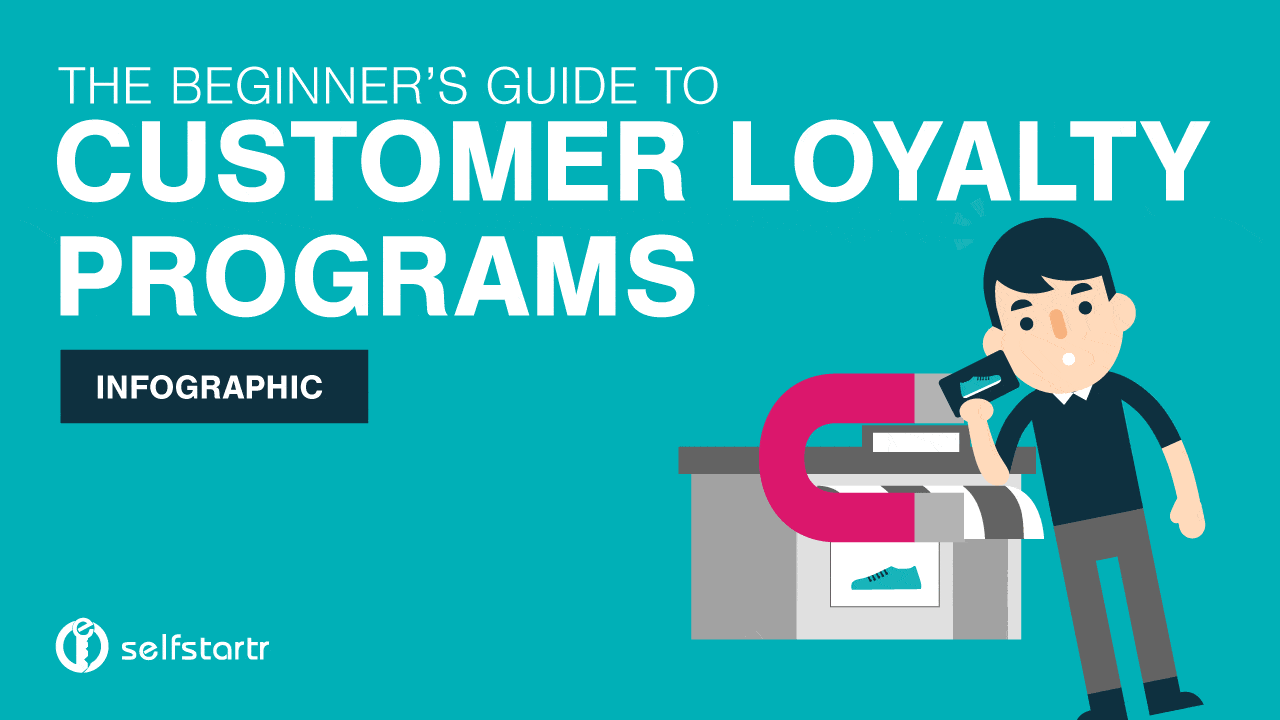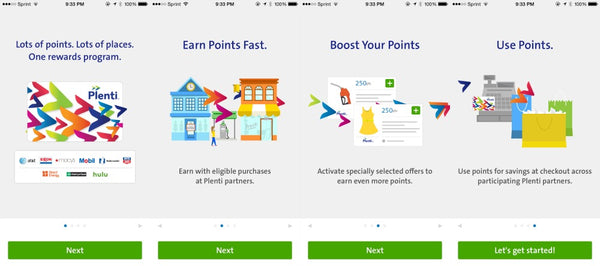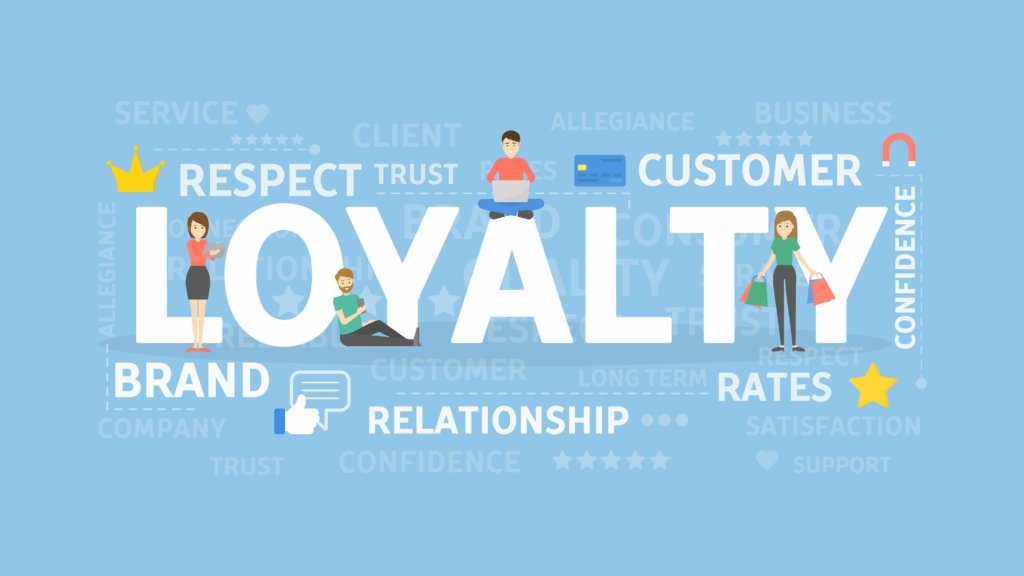All Categories
Featured
Table of Contents
In Fort Washington, MD, Evie Huynh and Jazmyn Harmon Learned About Happy Customers

What if you could grow your organization without increasing your costs? In fact, what if you could actually minimize your spending but increase your sales, year after year? Would you do it? If you're a company owner, then you'll likely give a resounding 'yes', a simple answer to an even simpler concern.
A rewards program tracks and rewards certain spending behavior by the client, supplying unique benefits to devoted clients who continue to patronize a specific brand name. The more that the consumer invests in the store, the more advantages they receive. In time, this incentive builds faithful consumers out of an existing client base.

Even if you already have a reward program in location, it's a good idea to dig in and fully comprehend what makes customer loyalty programs work, along with how to execute one that costs you little money and time. Do not fret, I'll help you with that. I'll break down the primary benefits of a commitment program and the very best ways to produce faithful customers.
Let's dig in. Customer commitment is when a client returns to work with your brand over your competitors and is largely influenced by the favorable experiences that the client has with your brand. The more positive the experience, the more likely they will go back to patronize you. Customer loyalty is extremely important to companies due to the fact that it will help you grow your business and sales faster than a simple marketing plan that focuses on hiring brand-new clients alone.
A few methods to determine customer commitment consist of:. NPS tools either send a brand efficiency study by means of e-mail or ask customers for feedback while they are visiting a company's site. This information can then be utilized to much better comprehend the probability of customer loyalty. A repurchase ratio measures the ratio of repeat buyers versus one-time buyers.
Client commitment index (CLI). The CLI tracks consumer loyalty over time and resembles an NPS survey. However, it takes into account a couple of additional aspects on top of NPS like upselling and repurchasing. These metrics are then utilized to evaluate brand commitment. A customer loyalty program is a marketing technique that rewards clients who make purchases and engage with the brand name on a continued basis.
Consumer rewards programs are designed to incentivize future purchases. This motivates them to continue doing business with your brand. Consumer loyalty programs can be established in various methods. A popular client loyalty program rewards consumers through a points system, which can then be invested on future purchases. Another type of customer loyalty program might reward them with member-exclusive perks or complimentary presents, or it might even reward them by donating money to a charity that you and your clients are mutually enthusiastic about.
In 17036, Alannah Lara and Kyle Alvarado Learned About Target Market
By offering rewards to your customers for being loyal and encouraging, you'll develop a connection with them, deepening their relationship with your brand name and ideally making it less most likely for them to switch to a competitor. You have actually most likely seen client commitment programs in your own shopping experience, whether at your preferred coffee shops or your most frequented supermarket.
But even if everybody is doing it doesn't mean that's a sufficient reason for you to do it too. The better you understand the advantages of a client rewards program, the more clarity you will have as you develop one for your own shop. You will not be sidetracked by exciting benefits and complicated commitment points systems.
Keep in mind: work smarter, not harder. Client retention is the primary advantage of a rewards program that works as a structure to all of the other advantages. As you supply incentives for your existing customer base to continue to buy from your shop, you will supply your shop with a constant flow of money month after month.
By growing your retention rate, you can stop investing as much time or money on increasing your overall number of clients. Why is this important? Loyal consumers have a greater conversion rate than brand-new clients, meaning they are more likely to make a transaction when they visit your shop than a brand-new customer.
By increasing your retention rate by just 5 percent, you can increase your profits by 25 percent and as much as by 95 percent. Needless to say, your retention rate matters. Secret Takeaway: If you want to significantly increase your revenues, offer rewards for your existing consumers to continue to patronize your store.
And you won't have to invest cash on marketing to get them there. Client acquisition (aka bringing in new customers) takes a lot of effort and cash to persuade complete strangers to trust your brand, come to your shop, and attempt your items. In the end, any cash made by this new consumer is eclipsed by all of the cash spent on getting them there.
Key Takeaway: If you desire to reduce spending, concentrate on consumer retention instead of customer acquisition. When you focus on supplying a positive customized experience for your existing consumers, they will naturally inform their loved ones about your brand. And with each subsequent deal, loyal clients will tell even more individuals per transaction.
In 55021, Zain Mosley and Nataly Sutton Learned About Business Owners
The best part? Due to the fact that these new customers originated from trusted sources, they are most likely to develop into devoted customers themselves, investing more usually than brand-new clients brought in by other marketing efforts. The Chase Ultimate Rewards program, for example, provides major advantages for people who travel a lot.
The 'ultimate benefits' that Chase cardholders get include 2x points per dollar spent on all travel purchases as well as main rental cars and truck insurance, no foreign deal charges, journey cancellation insurance coverage, and purchase security. For individuals who take a trip a lotand have disposable income to do sothere is a huge incentive to invest money through the supreme benefits program.
This entire process makes redeeming benefits something worth boasting about, which is exactly what many cardholders wind up doing. And to assist them do it, Chase offers a bonus for that too. Secret Takeaway: Make it easy for your consumers to extol you and they will spread the word about your shop for free.
Once you get the fundamentals down, then using a loyalty rewards app can assist take care of the technical information. Here are the actions to start with developing your client commitment program. No client desires to buy products they do not want or require. The exact same opts for your commitment program.
And the only way to customize an alluring customer loyalty program is by thoroughly understanding your customer base. The finest method to do this? By carrying out these methods: Develop consumer contact details wherever possible. Ensure your organization is constantly constructing a detailed contact list that permits you to gain access to existing consumers as often and as easily as possible.

Track consumer behavior. Know what your consumers want and when they desire it. In doing so, you can expect their wants and needs and offer them with a commitment program that will satisfy them. Classify customer personal qualities and preferences. Take a multi-faceted method, do not limit your loyalty program to just one opportunity of success.
Encourage social media engagement. Frame methods to engage with your consumers and target market on social media. They will soon supply you with really insightful feedback on your product or services, allowing you to better comprehend what they anticipate from your brand name. Once you have worked out who your clients are and why they are doing business with your brand, it's time to choose which kind of loyalty rewards program will motivate them to stay loyal to you.
In 38024, Joaquin Clark and Jermaine Castillo Learned About Current Provider
However, the most typical client loyalty programs centralize around these primary ideas: The points program. This kind of program focuses on gratifying clients for every single purchase they make with points in a point system. These points can then either be used on future purchases or put towards some form of reward.
The paid program. This kind of program requires consumers to pay a one-time or annual fee to join your VIP list. Loyalty members who come from this list are able to access distinct rewards or member-exclusive benefits. The charity program. This kind of program is a bit various than the others.
This is accomplished by motivating them to do company with the brand name and, in return, their loyalty will be rewarded with a contribution to a charity. The tier program. This kind of program focuses on increasing levels of brand loyalty. The more loyal a customer is to a brand name, the higher tier they will climb up to and the better the rewards they will get.
This type of program is simply as it sounds, where one brand name partners with another brand name to provide their cumulative audiences with unique member discounts or deals that they can redeem while doing organization with either brand name. The neighborhood program. This kind of program incentivizes brand name loyalty by supplying its members with access to a like-minded community of individuals.
This kind of program is fairly similar to paid programs, nevertheless, the subscription cost takes place regularly rather than a one-time payment. Next, select which client interactions you 'd like to reward. Base these benefits around which interactions benefit your business one of the most. For instance, to help your business out, you can use action-based rewards like these: Reward consumers more when working with your brand name during a slow duration of the year or on a notoriously slow day of company.
Reward customers for engaging with your brand name on social media. Incentivize specific products you are trying to move quickly. Incentivize purchases that are over a certain dollar quantity. The concept is to make your client commitment program as simple as possible for your clients to utilize. If your consumer loyalty program isn't staff friendly, isn't simple to track, is too costly to run, or isn't easy for your clients to use or comprehend, then personnel and clients alike most likely will not take benefit of it.
To get rid of these barriers to entry, think about incorporating a client commitment software application that will assist you keep on top of all of these aspects of your program. Some quality consumer program software include:. CandyBar is a digital punch card program. It works by tracking your consumer's purchases through an app on a computer system, phone, or tablet.
In Lansing, MI, Ryleigh Steele and Jaydan Salinas Learned About Effective Marketing Tips
Loyalty members can then check their rewards through text and entrepreneur can use the program to contact their clients. Yotpo. Yotpo is a cloud-based client loyalty platform specifically for eCommerce organizations. This software is especially proficient at collecting every type of user-generated material, valuable for customizing a better customer experience.
Loopy Commitment is a handy client commitment software application for companies that mainly use Google Wallet or Apple Pay as their payment platforms. The software application develops a digital loyalty card that sends push notices to their customers' phones when they are in close distance to their traditional store. Once you've made the effort to choose which customer commitment strategies you are going to implement, it's time to start promoting and signing up your very first commitment members.
Usage in-store advertisements, incorporate call-to-actions on your site, send out promos by means of e-mail newsletters, or upload marketing posts on social media to get your consumers to sign up with. It is very important to understand the primary advantages of a client rewards program so that you can develop a tailored experience for both you and your consumer.
Consider it. You understand what kinds of items your clients like to buy however do you know what brings them back, day after day, week after week? What makes them choose your shop over the store across the street? What makes them your customer and not the client of your greatest competitor? Surprisingly, the answers to these concerns do not come down to discount rates or quality items.
Table of Contents
Latest Posts
In Fort Washington, MD, Carlo Santos and Victor Mullins Learned About Marketing Campaign
In Key West, FL, Jacob Navarro and Mitchell Sawyer Learned About Customer Loyalty Program
In Soddy Daisy, TN, Yazmin Cooke and Bruno Mcclure Learned About Customer Loyalty Program
More
Latest Posts
In Fort Washington, MD, Carlo Santos and Victor Mullins Learned About Marketing Campaign
In Key West, FL, Jacob Navarro and Mitchell Sawyer Learned About Customer Loyalty Program
In Soddy Daisy, TN, Yazmin Cooke and Bruno Mcclure Learned About Customer Loyalty Program